Underground structural defects like crack, voids may be created during construction. And because of the natural environment and artificial factors, these defects can gradually deteriorate and might cause structural damage and collapse, which will greatly affect the safety of the structures. However, most of these structural diseases are in or behind concrete structure, it hardly to be detected and assess by visual inspection. The description and analysis of wave propagation phenomena provides a unifying thread connecting structural performance and the physical sciences such as acoustics, geophysics, seismology, electromagnetic theory, solid and fluid mechanics. And corresponding technologies like Ground penetrating radar (GPR), guided waves inspection and ultrasonic testing are provide powerful tools for detecting defects in and behind reinforced concrete. A series of researches, as summarized below, were conducted, and the research results have been applied to Shanghai metro tunnels, High-speed railway tunnel.
(1) The wave motion simulation of tunnel-soil coupled system. The periodic solution approach is employed and several models are developed to investigate elastic wave propagation properties. Forward modeling and back analysis based on FDTD were used to simulate electromagnetic wave propagation between underground structure and surrounding soil layer.
(2) Application of ground penetrating radar in grouting evaluation for shield tunnel construction. Uniformity and quality of the grout behind the lining segments have a great influence on the long-term settlement in shield tunnel construction in soft soil areas. In order to evaluate the effectiveness of the grouting treatment before the tunnel operation, a nondestructive testing method using ground penetrating radar (GPR) was proposed to detect the grout thickness behind the lining segments of metro lines. And several great technical progresses have made in antenna design, signal processing and device integration.
(3) Underground structure defects detection and service performance assessment. The support vector machine (SVM) algorithm is proposed to automatically recognize voids in GPR images. And a structural health assessment method based on torsional wave speed is developed based on the study of guide wave properties in shield tunnel.
Objective
1) To reveal the wave propagation properties in underground structures and surrounding media; and 2) to improve and advance nondestructive detection technologies in underground engineering; and 3) to develop corresponding vibration based tunnel performance assessment method.
Approach
Computationally efficient model, signal processing method, Forward modeling and back analysis, model tests and field tests were simultaneously employed herein to study the wave motion and advance detection performance of nondestructive detection equipment.
Significant Results and Potential Impact
1) Period solution approach and FDTD have successfully used in electromagnetic wave and guided wave modeling; 2) A complete system for development and application of GPR in underground engineering is established, includes antenna design, data processing and device integration; and 3) Several voids recognized and tunnel structural health assessment methods were developed based on the investigation of waves propagation properties.
Principal Investigator:
Xiongyao Xie, Yongsheng Li, Zixin Zhang, Biao Zhou, and Yunjun Lai.
Funding
National Natural Science Foundation of China (41372273), National Natural Science Foundation of China (40874074), National 973 Basic Research Program of China (2011CB013800), and Shanghai Science and Technology Development Funds (12231200900, 13231200102).
Key Publication
(1) Xie X Y, Liu Y J, Huang H W, Du J, Zhang F S. Evaluation of grout behind lining of shield tunnel using ground penetrating radar in Shanghai metro line, China. Journal of Geophysics and Engineering, 2007,4(3):253-261.
(2)Xiongyao Xie,Hui Qin,Chao Yu,Lanbo Liu.An automatic recognition algorithm for GPR images of RC structure voids[J].Journal of Applied Geophysics, 99, 2013:125-134.
(3)Xiongyao Xie, Chenchao Zeng, Zhigao Wang. GPR signal enhancement using band-pass and K-L filtering: a case study for the evaluation of grout in a shielded tunnel[J]. Journal of Geophysics and Engineering. 10(2013):034003
(4)B. Zhou, X.Y Xie, Y. B. Yang. Simulation of wave propagation of floating slab track-tunnel-soil system by 2D theoretical model. [J].International Journal of Structural Stability and Dynamics, Vol. 14(1), 2014:1350051(1-24).
(5)Zhou B., Xie X.Y., Yang Y.B., Jiang J.C. A novel vibration-based structure health monitoring approach for the shallow buried tunnel. CMES: Computer Modeling in Engineering &Sciences, 2012, 86(4): 321-348.
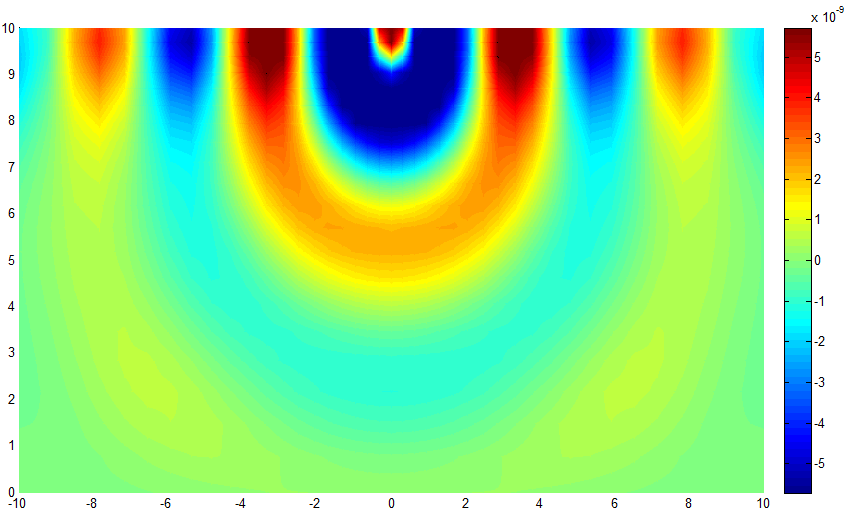
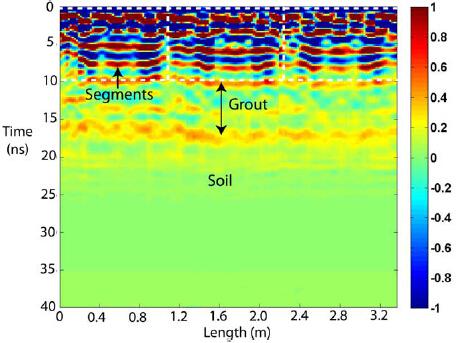
Fig. 1. The simulation result of elastic wave and electromagnetic wave propagation
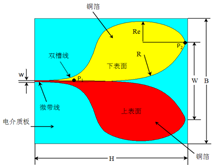
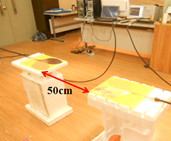
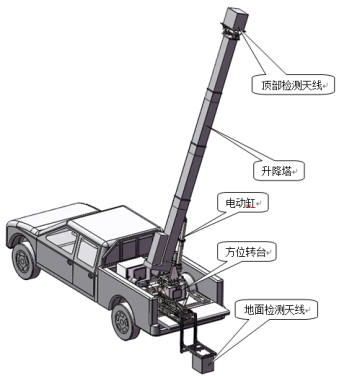
Fig. 2. Application of ground penetrating radar in grouting evaluation for shield tunnel construction
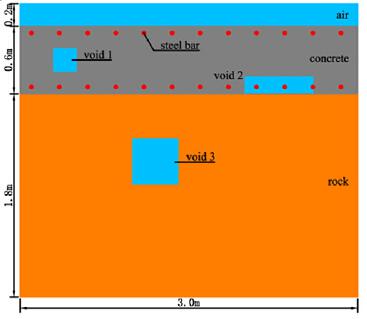
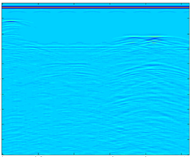
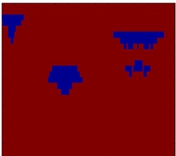
Fig. 3. Voids automatically recognized in GPR images
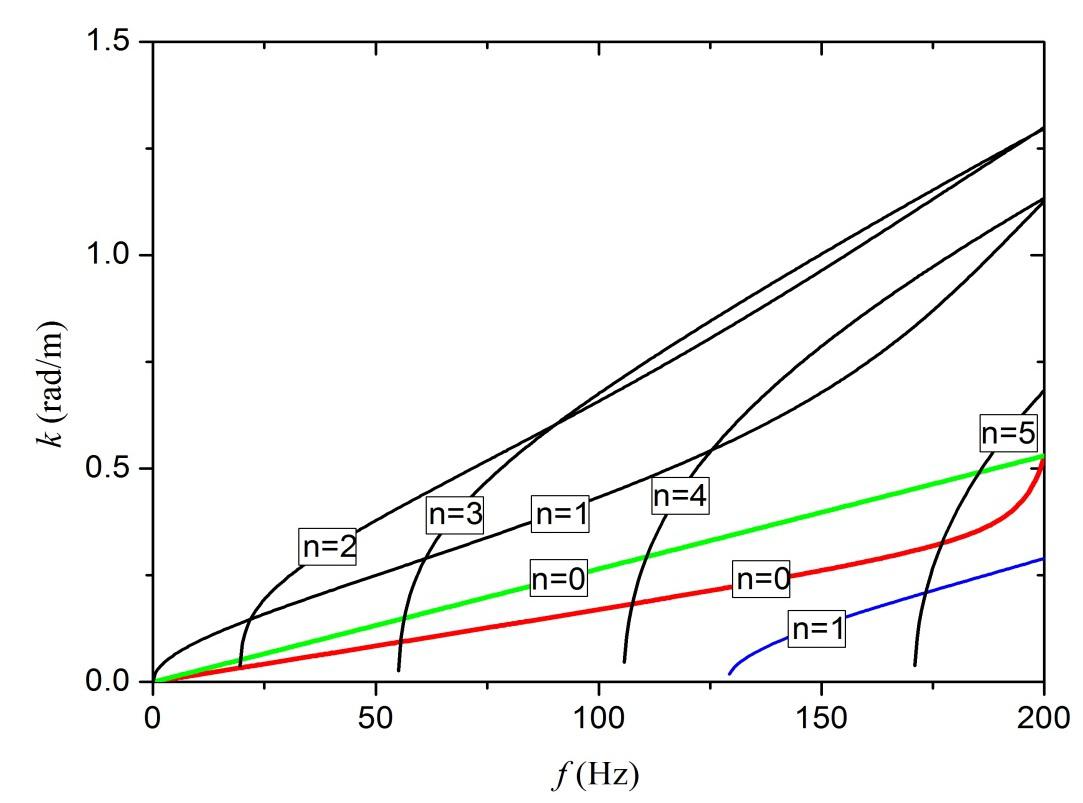
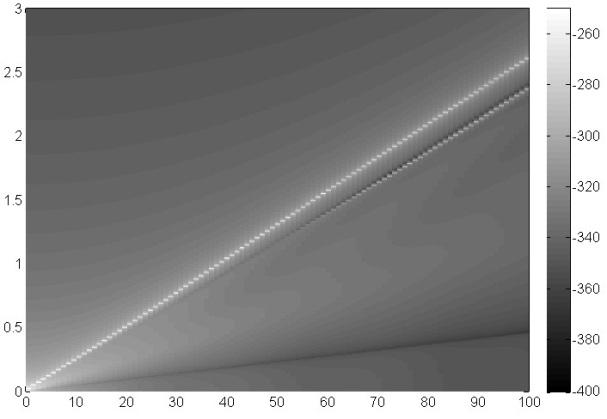
Fig. 4. Guide wave propagation modes in shield tunnel and their dispersion characteristics



